THE COMPUTER
- Booting a computer
- Shutting down, restarting or putting a computer to sleep
- Input Devices
- Output Devices
- Storage Devices
- Desktop
Explanations to week content
Creating a folder on desktop
Creating a folder in another folder
![]()
Figure: Folder icon
![]()
Figure: Desktop toolbar
NOTE FOR STEP 1: If a folder is already opened, right-click on the folder icon at the toolbar on desktop and select "File Explorer"
Deleting a folder
Method One
Method Two
Copying a folder
NOTE: If the folder names are the same, you would be alerted and you can skip the pasting or replace the folder
Copying multiple folders
Repeat steps 3, 4 and 5 above
Copying all folders
Repeat select 2, 3, 4 and 5 above
Differences between copying and cutting
With copying, the original folder or file remains at it's position and a copy is made to the new destination but for cutting, the folder or file is moved from its previous location to the new destination.
Cutting a folder
The steps for cutting a folder is similar to copying a folder except you choose cut instead of copy when you right-click the mouse after selecting the folder(s).
The shortcut key for cutting is ctrl + x. So pressing the control key(ctrl) and the x key cuts the folder(s).
You can then browse to the destination and paste the folder(s)
Copying a file to a folder
Copying files at the same location to a folder
Cutting file(s) to a folder
The step as the same as copying file(s) to folder except this time you choose cut instead of copy or press ctrl + x instead of ctrl + c
Opening a file
To open a file, you simply double click on the file. Thus clicking on the file twice.
The computer chooses a default software application that can be used to open your file. Sometimes the computer might even choose wrong application for a particular file.
To open a file with your desired software application follow the steps below:
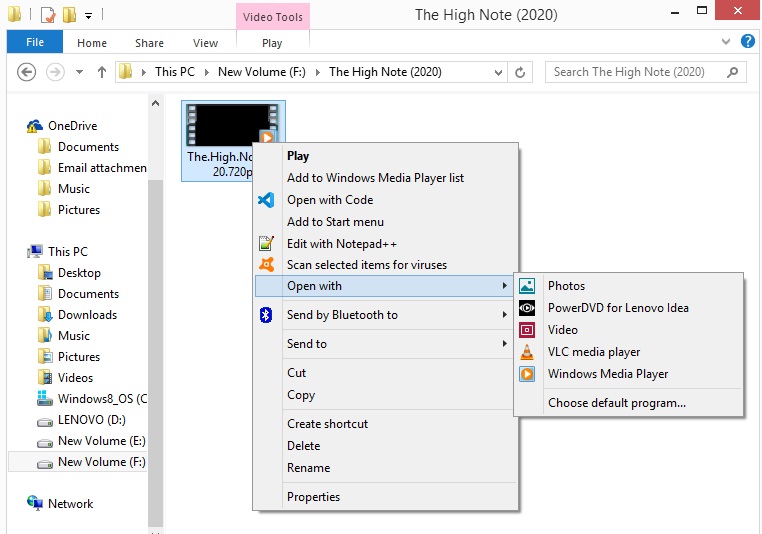
Figure: Opening file with appropriate software application
Renaming a file
Deleting a file
Method One
Method Two
Restoring a deleted file/folder

Figure: recycle bin
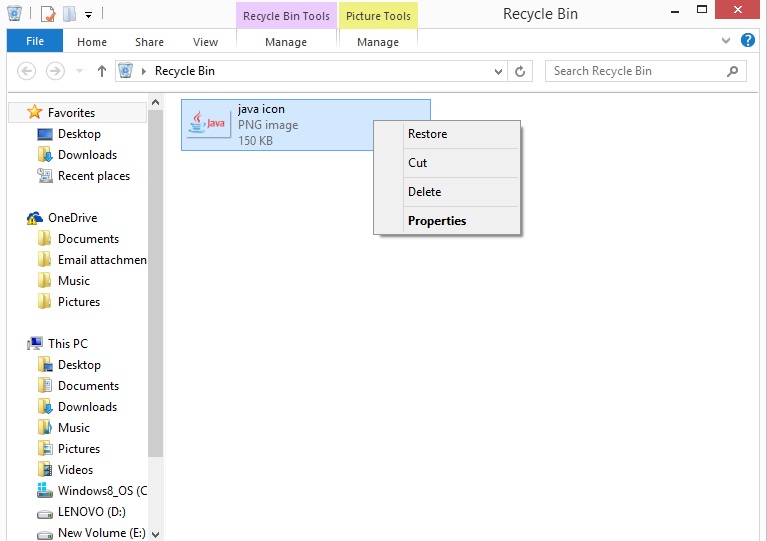
Figure: Restore deleted file/folder
Emptying a recycle bin
Method One
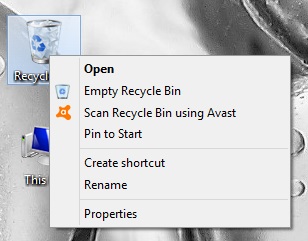
Figure: Emptying a recycle bin
Method Two
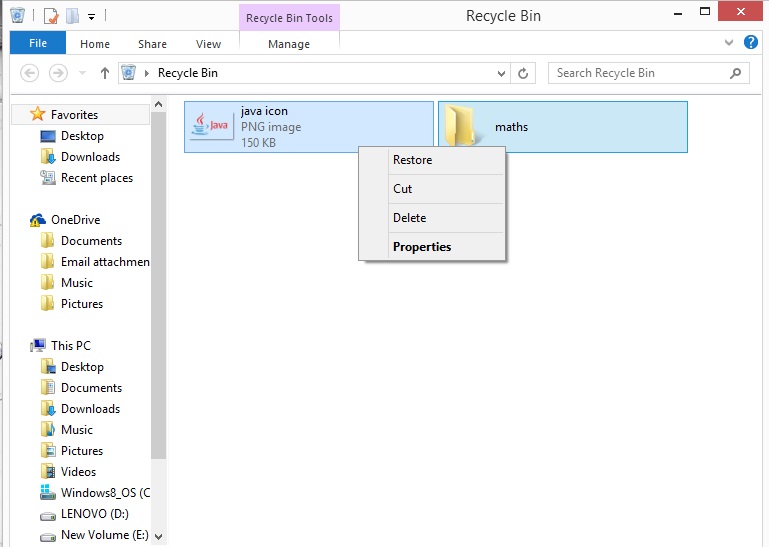
Figure: Emptying a recycle bin
Transferring folder/file to or from a storage device

Figure: This PC folders/drives without external storage device
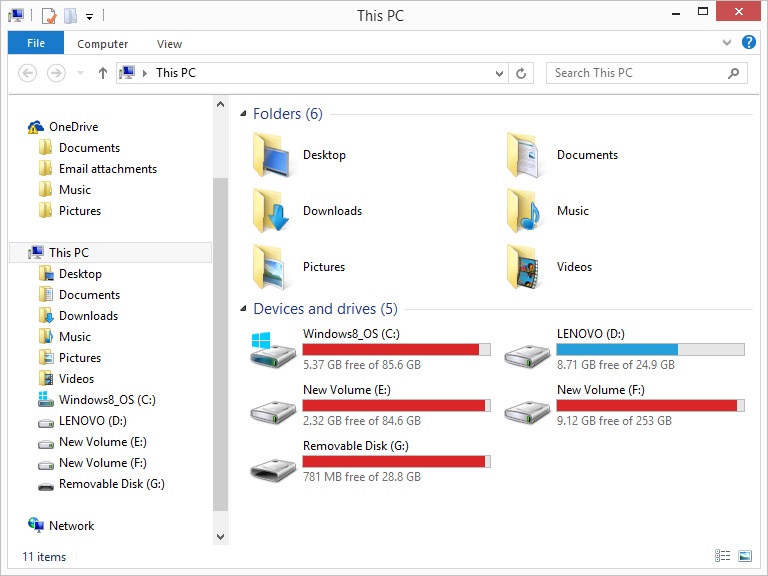
Figure: This PC when USB flash drive connected (Removable Disk)
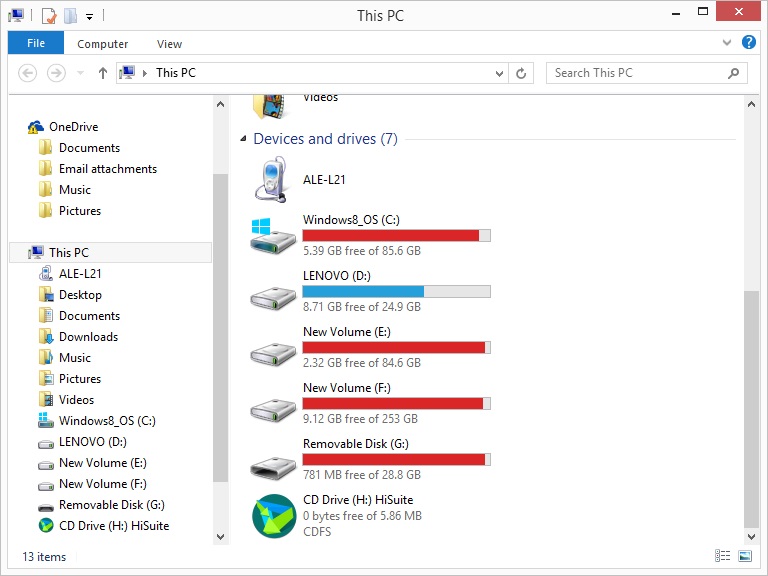
Figure: This PC when phone connected (ALE-L21)
NOTE
Sometimes the file explorer opens automatically when an external storage device is inserted so you can see the connected device.
If the file explorer doesn't open automatically, click on the folder icon at the desktop toolbar or right-click on the folder icon at the desktop toolbar and select File Explorer or open any folder on the computer to open the file explorer. You will then see the connected device.
The computer gives a sound notification when an external storage device is inserted.
You can as well see connected devices in the system tray.
For a phone storage device, you may have to enable file transfer on the phone before the content of the folder may be shown.
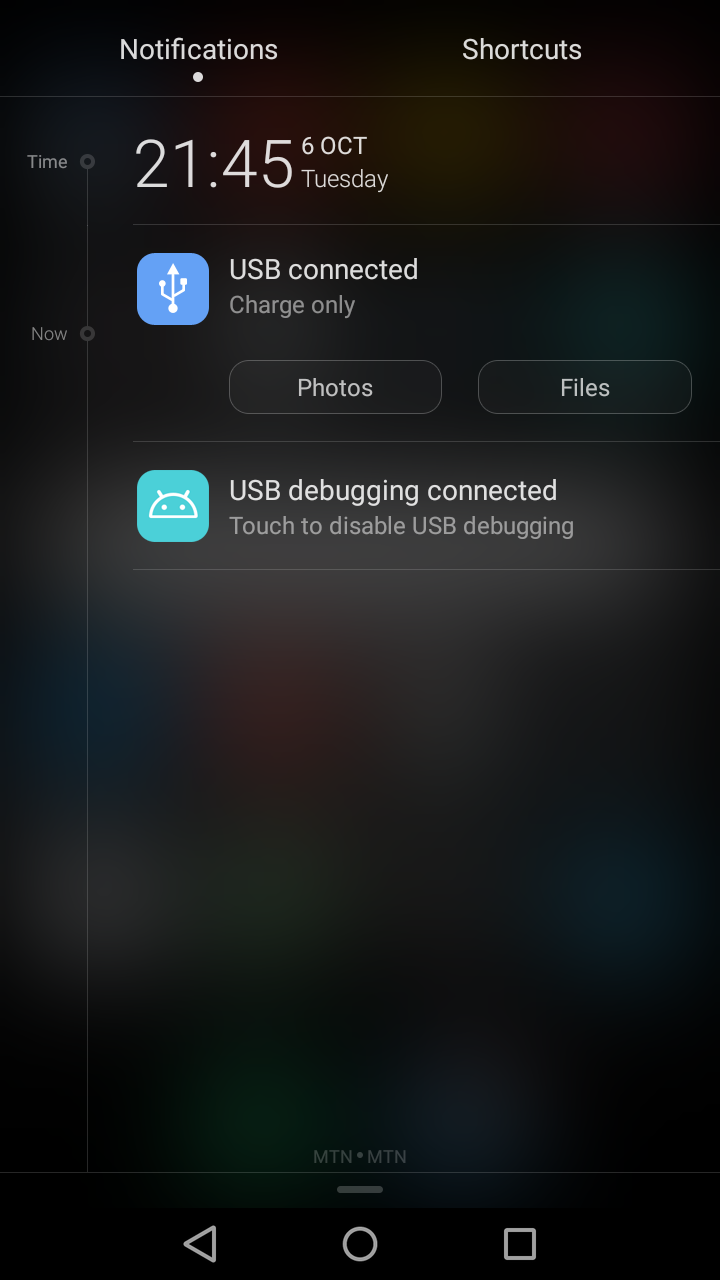
Figure: Phone connected as USB
The above figure was obtained when the notifications where displayed. In order to access files from the phone, the Files option must be clicked. If only photos will be accessed then the Photos option can be clicked. Once you choose the option, your phone storage content can be viewed on the computer.
Files can be transferred to the phone as well as copied from the phone.